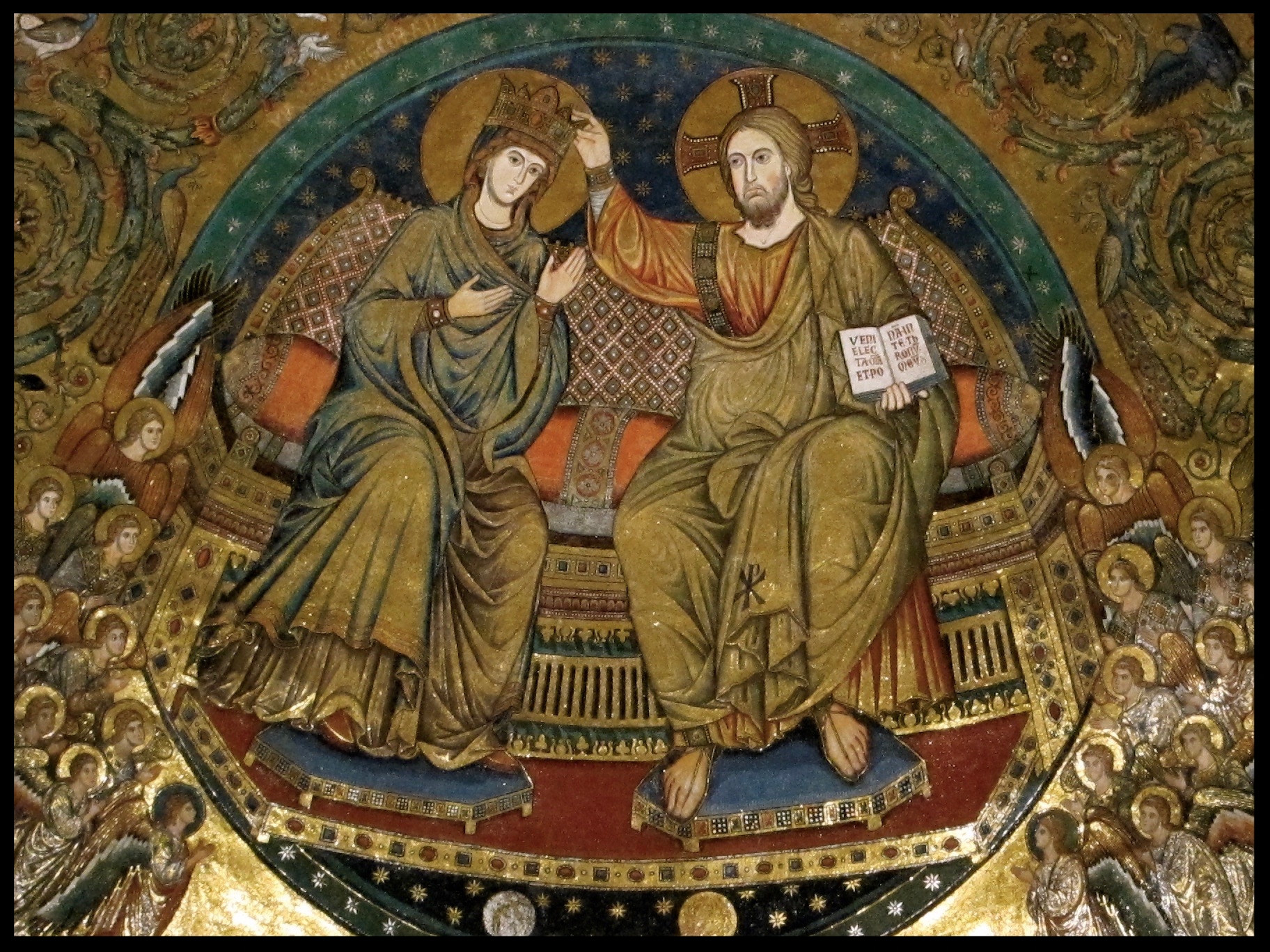The Roman Emperor Constantine was baptized in 337. He put it off for years. In the early church Christians could only confess their sins once in their lives, so Constantine remained a catechumen until he was nearing the end. Despite what The Di Vinci Code says, when he thought his death was imminent, and that he could probably sin no more, Constantine asked for baptism, received Holy Communion, and later confessed his sins. It was a watershed moment for the church.
In 313, a few years before his death, Constantine had already declared that Christianity was to be the new state religion. No one could hold any other belief. It was meant to unify the Empire as trade, law, taxation, and Roman culture had done. In retrospect, I think it would be safe to conclude that this move has been a mixed blessing for the church ever since.
On the positive side of the ledger, it finally sealed the end of the persecution of the earliest Christians. The blood of the martyrs had been so eloquent that their witness caused even a few emperors to ask what sort of love would see so many followers be prepared to die for their beliefs. It also saw the church become a significant player in shaping the values of society, especially in the West. There is no question that Christianity moderated, cultivated, and humanized some of the worst of Roman excesses.
On the cost side, the church became very powerful very quickly. Bishops started to wear the purple robes of the senators. Churches took on the shape of the Roman basilicas, while the government of the church mirrored that of the Empire. Our liturgy imported all sorts of practices that were popular in the Roman temples. Tragically, for the next few hundred years, conversions were demanded at the end of a sword. No religious dissent or pluralism was tolerated. It’s in this context that Islam arises against imperial Christianity in the sixth century.
It cannot surprise us that after Constantine’s conversion the image of Christ the King became one of the most popular ones used in religious art. Up to this time the image of Jesus as the Good Shepherd was the most represented. After 313, however, Jesus is dressed in royal robes, with a crown, scepter and orb. Mary is often presented in similar dress and starts to be called Queen of Heaven.
The problem with all this is not that worldly imperial language was now being used in reference to Jesus. For before Pilate, the day of his crucifixion, Jesus referred to himself as a king. Christianity, however, started to forget that Jesus also pointed out that his kingdom was “not of this world” and that his followers could be recognized by how they feed the hungry, give drink to the thirsty, welcome strangers, cloth the naked, care for the sick, and visit prisoners. Jesus reign and his followers are of an altogether different order from that usually prized in worldly kingdoms.
My brothers and sisters, that’s why today’s feast is so important. On the last Sunday of the church year we are challenged by Christ our King to give our true allegiance to what really matters. Not ambition, greed, status, and power, but the quiet revolutionary work of making the world a more just and peaceful place for everyone to live in.
To the degree that we do this we are coheirs to the kingdom Jesus lived, died, and was raised for, then we are witnesses to the real meaning of Christ’s reign in our lives.
